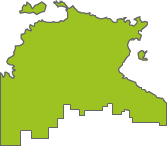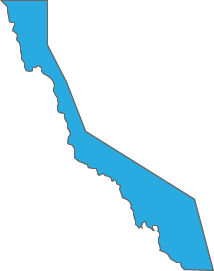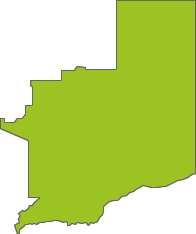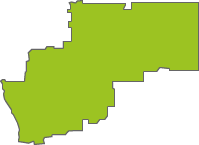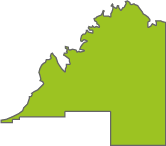Announcements
15 Apr 2025
Dear NatureMapr Moderator Community,We’re excited to share a new feature aimed at saving you time when providing constructive feedback to contributors.You’ll now see "Moderator Quick Response" buttons...
Continue reading
New priority species lists in the ACT
NatureMapr now receives more records in NSW than ACT
NatureMapr Data Collector 6.2.1 update
Critical nature positive infrastructure update
Discussion
MattM
wrote:
9 min ago
The auricles of R. auriculatum occur lower on the lateral lobes. In R. racemosum the lateral lobes taper abruptly into the settae, which would be what has been interpreted as the lobes. R. auriculatum should also have a full row of hairs below the "V" whereas R. racemosum has an incomplete row of hairs (somewhat visible in the pictures).
Rytidosperma racemosum
PJH123
wrote:
1 hr ago
Don, they are close, all of the Phytometra laevis (65) fit into the one BIN ID: BOLD:AAB1918. A group of 25 range in difference from 0.08% to 0.36%. meanwhile Phytometra formosalis (17) fits into 2 bins BIN ID: BOLD:ACF4053 and BIN ID: BOLD:AAB1918 indicating that some of the formosalis (BOLD:AAB1918) are in fact laevis. Of the ones I tested, 2 sets, one from each bin the difference is 1.37% -1.82% very close, but what makes a species? (we are 2% different to a Chimpanzee). My knowledge of DNA is next to nil and I can only compare the available figures.
Of the formosalis, ANICI254-10 and ANICI255-10 belong to laevis BIN ID: BOLD:AAB1918, while the rest are in BIN ID: BOLD:ACF4053
Of the formosalis, ANICI254-10 and ANICI255-10 belong to laevis BIN ID: BOLD:AAB1918, while the rest are in BIN ID: BOLD:ACF4053
Phytometra laevis
Significant sightings
- Dysphania glomulifera subsp. glomulifera at Anglers Reach, NSW
- Walwhalleya subxerophila at Franklin, ACT
- Plectorhyncha lanceolata at Higgins, ACT
- Sceptridium australe at Wyanbene, NSW
- Austrochloritis abrotonus at Berlang, NSW
- Sphaeniscus atilius at Melba, ACT
- Keyacris scurra at Manar, NSW
- Sardia rostrata at Melba, ACT
- Bossiaea grayi at Kambah, ACT
- Bossiaea grayi at Kambah, ACT
Recent activity
Hypocysta metirius at Cascade, NSW
Heteronympha merope at Bolivia, NSW
Top contributors
- AlisonMilton 16K
- trevorpreston 15.4K
- Hejor1 12.5K
- Tapirlord 11.3K
- MichaelBedingfield 10.7K
- RodDeb 10.2K
- Mike 9.7K
- kasiaaus 9.4K
- ConBoekel 8.6K
- KylieWaldon 8K
Top moderators
- MichaelMulvaney 55K
- Tapirlord 38.3K
- MichaelBedingfield 21.9K
- Liam.m 19.2K
- donhe 17.2K
- natureguy 15.6K
- ibaird 14.5K
- AlisonMilton 10.7K
- MatthewFrawley 10K
- BettyDonWood 8.2K
Explore Australia by region
Australian Capital Territory
Canberra & Southern TablelandsNew South Wales
Southern HighlandsAlbury, Wodonga
Canberra & Southern Tablelands
South Coast
Greater Sydney
Hunter Region
Central West NSW
Riverina Murray
New England
Far West New South Wales
New South Wales North Coast
Northern Territory
Top End and Big RiversCentral and Barkley



















![Unverified Spore sac on a star-like base [earthstars] at Freshwater Creek, VIC - 4 Jan 2025 by WendyEM Unverified Spore sac on a star-like base [earthstars] at Freshwater Creek, VIC - 4 Jan 2025 by WendyEM](https://api.naturemapr.org/api/sightings/4662560/images/1?width=300&height=300)

















































































































